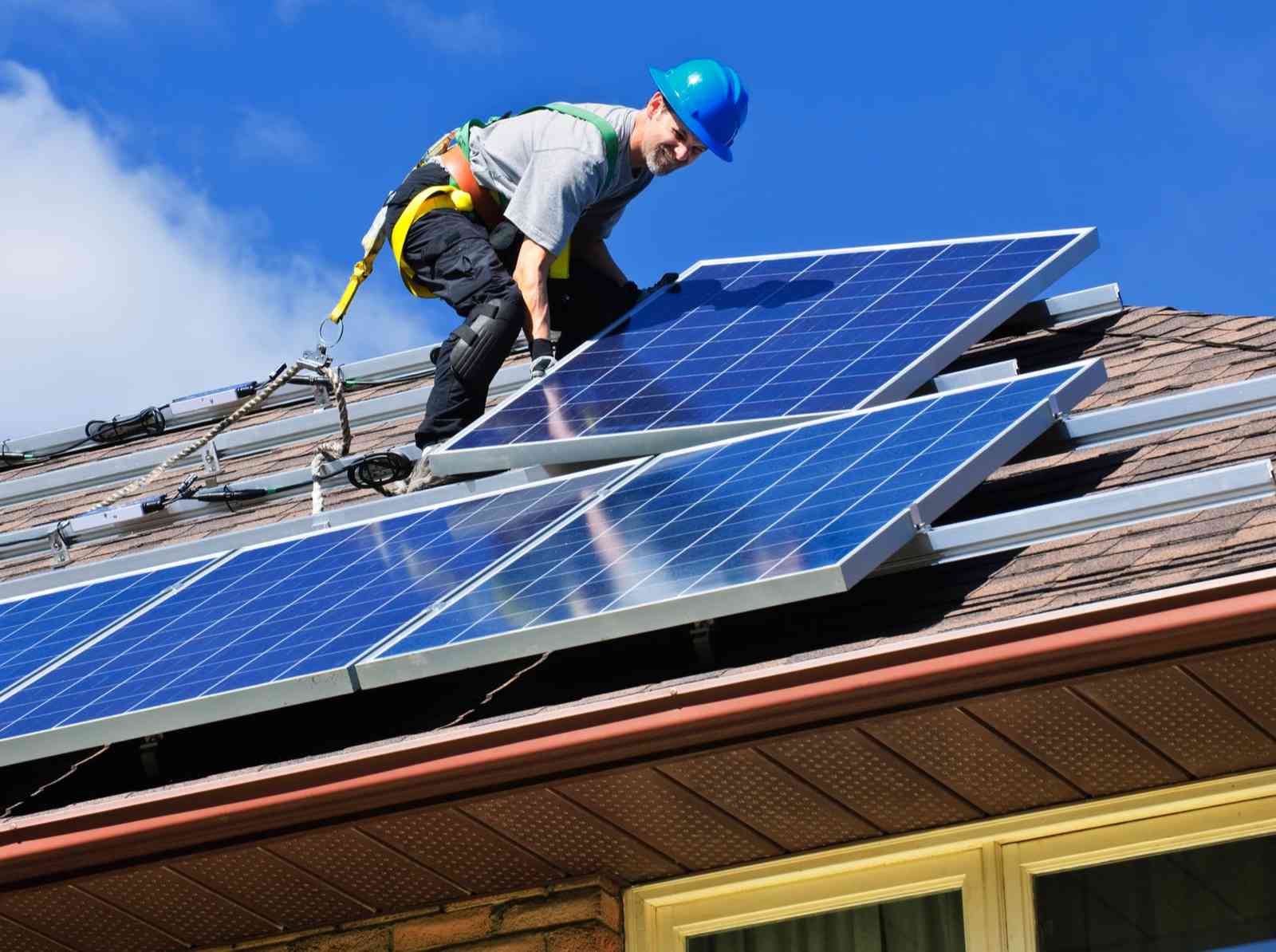Solar energy is an increasingly popular choice for Australians looking to reduce their carbon footprint and save on energy costs. For those unable to bear the high upfront costs of purchasing a solar system, solar panel leasing offers a viable alternative. This option allows homeowners and businesses to access solar energy without the financial burden of outright ownership, making it an attractive solution for many.

Understanding Solar Panel Leasing
Solar panel leasing involves a third-party ownership model, where a leasing company owns, installs, and maintains the solar panels on a property. The property owner pays a monthly fee to the leasing company to use the electricity generated by the panels. This approach to solar energy adoption allows individuals and businesses to circumvent the capital costs associated with purchasing a solar system. For more details about leasing and power purchase agreements (PPAs) in Australia, you can visit Solar Calculator.
Benefits of Solar Panel Leasing
One of the primary advantages of solar panel leasing is the cost savings on electricity bills. Without the need to make a significant initial investment, individuals can immediately begin to enjoy lower power costs. Leasing arrangements typically include maintenance and repairs, relieving property owners of these potential expenses. Additionally, leasing agreements can be transferred if the property is sold, maintaining the benefits for the new owner. For a comprehensive overview of solar leasing benefits, check out Solar Leasing with Solar Power Direct.
Potential Drawbacks
While leasing offers many advantages, there are potential drawbacks to consider. Lease payments might eliminate some financial incentives associated with owning solar panels, such as government rebates or tax benefits. Additionally, long-term lease agreements can be a disadvantage if energy pricing or technology changes significantly. A detailed discussion of the pros and cons can be found at Energy Matters.
Comparing Leasing and Purchasing Solar Panels
A helpful way to decide between leasing and purchasing is to compare the costs and benefits directly. Here's a table demonstrating potential costs and terms for leasing versus purchasing in Australia. Note that prices can vary depending on the provider and specific circumstances.
| Type | Initial Cost | Monthly Cost | Average Savings per Year | Contract Length |
|---|---|---|---|---|
| Leasing Option 1 | $0 | $100 | $1,200 | 10 Years |
| Leasing Option 2 | $0 | $90 | $1,300 | 15 Years |
| Purchase Option 1 | $10,000 | $0 | $1,500 | N/A |
| Purchase Option 2 | $8,500 | $0 | $1,450 | N/A |
| Leasing Option 3 | $0 | $95 | $1,250 | 12 Years |
Choosing the Right Option
When deciding between leasing and purchasing solar panels, consider your financial situation, property plans, and personal preference for risk and maintenance responsibility. Leasing might suit those wary of high initial costs or uncertain about staying in their current home long-term. In contrast, purchasing might appeal to those who prefer to own their system and benefit from long-term savings. For more insights into solar leasing, Alternative Energy WA provides valuable information.
Solar panel leasing represents a modern, financially accessible means for Australians to harness renewable energy. By understanding the full scope of this option, you can make an informed decision that aligns with your energy needs and financial goals. For those considering adding solar panels to their properties, exploring both leasing and purchasing will ensure the best possible outcome for energy savings and sustainability. Additional information about solar panels and systems can be found at the Australian Competition & Consumer Commission.

